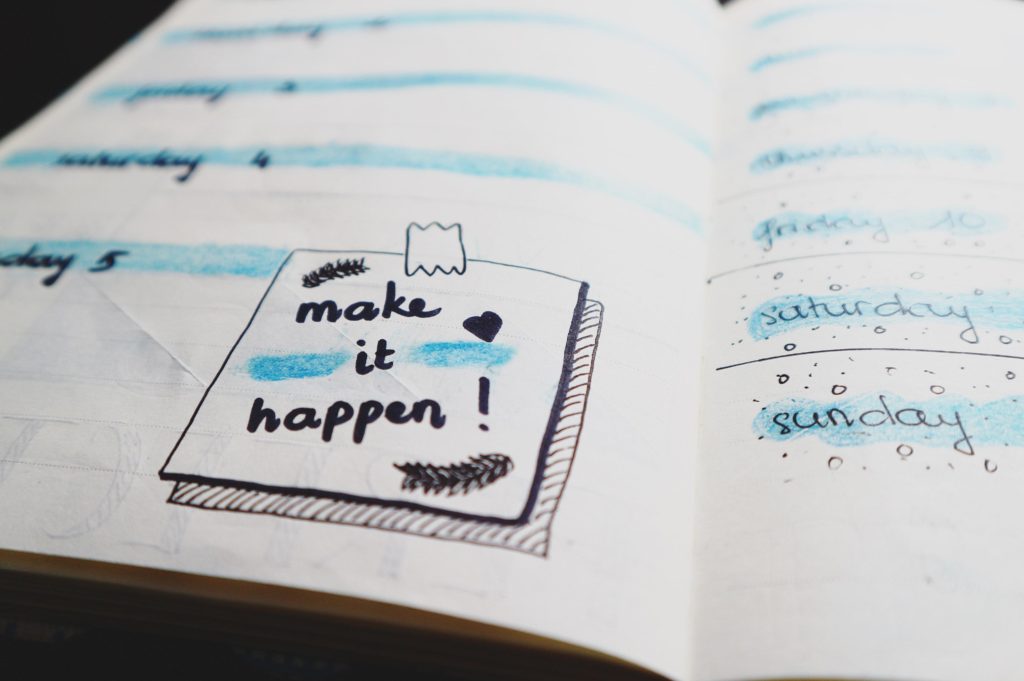
My latest project is to create my own EFL VYL Kindergarten curriculum. I’m under no illusions that it will be an easy task!
My inspiration has been working with the shortcomings of some of the existing products and knowing there is a better way.
For example, the ‘big school’ I had been working at uses one of the leading course books for very young learners. Whilst it is an excellent book in many respects, it has its flaws. For example, the opening unit is body parts. New students, as young as three years old, are immediately confronted with singular and plural, the unit grammar structure, numbers and counting, and an array of challenging ending sounds for the vocabulary. At my school, the unit is also paced the same as any other unit that students will go on to study. All of this makes for an (unnecessarily) challenging start for any very young learner, and places enormous pressure on the teacher in the often difficult first weeks of a new class.
What I’d love to do, is start a course slowly, and with language some students will be familiar with (colors, numbers, shapes, and maybe animals), lexis that will be used many times in the future lessons. Given some students may be familiar with the vocabulary, you can instead focus on other learning aspects like the many fun ways of introducing topics like numbers (that is ‘front-load’ your first lessons with super-fun activities and games), focus on developing class room routines and structures like ‘making a line’, and introducing upfront powerful pair-work structures (to be used in many upcoming lessons) whilst the cognitive load is minimal (due to the deliberate unit theme selection).
With this approach, the children are much more likely to enjoy their first lessons (and associate learning and languages as something that’s fun), develop their confidence with some easy quick wins, begin settling into a classroom environment with new friends, be less stressed or anxious, and ease their way into language learning.
It seems to me, there are so many long-lasting benefits from a very careful selection of your initial themes and activities.
Also, over time, I’ve developed ways of teaching certain themes that I know most students love. One example, would be the shapes theme. I’ve have a sequence of songs, activities, and games that introduces shape recognition, realising that shapes are everywhere, singing a fun song about them, and then going on a ‘shapes hunt’ around the language centre. There is also an abundance of engaging shapes craft activities to choose from, including the shapes pizza or Mr Shapes Head.
However, I realise its possible to bring this level of attention to detail to almost every unit theme during the course. For example, when I taught the party theme from a course book as a cover lesson, I entered the classroom wearing party clothes, and carrying a cake. I then unveiled a table full of party food and we sung Happy Birthday. All of the games and activities for that class were adapted from popular children’s party games for the EFL class. It was one of my favourite classes to teach and was a lot of fun for everyone involved, including the teaching assistants, because they had no idea of how it would unfold. In contrast, many EFL VYL teachers use essentially the same games, activities, and structures every lesson, with minimal variation. While most students at that young age enjoy some repetition, classes delivered that way can lose a lot of the richness that is possible.
Also, what I’ve learned over my teaching career, is that there are types of activities, crafts, songs, and games that the majority of children just love.
The problem is that the ideas, techniques, tools, and so on that go into to creating a great lesson rarely exist in one place, be that a teacher, or a course, or text book.
I realise that with (a lot of) work, many lessons can be as much fun as my party or shapes lessons. And they can be equally as powerful for the children in terms of a learning experience.
And that’s what I’m inspired to do… bring those ideas together to create an amazing learning experience for the child.
Also, I want to ensure lots of other learning components are deliberately incorporated into the program like a structured literacy program (rather than just teaching phonics from a course book), gross and fine motor skills development, collaborative (rather than competitive) structures, differentiated learning, diversity, brain breaks, using real storybooks along with relevant extension activities, and much more. So, for example, student’s break time is used meaningfully, rather than them just watching a random or video unrelated to the unit theme or learning objectives of the lesson.
There are other tools I want to incorporate into my syllabus, too. For example, there are many ways of teaching pre-writing skills and letter formation that are highly engaging and also minimise the probability of children picking up bad writing habits.
However, in most language schools, their approach to teaching VYLs is just to teach or slightly adapt the textbook, with many teachers preparing their lessons shortly before delivering them. That means its rare that these type of elements are incorporated into the school’s VYL language program.
And this is what I want to do.
My plan at this stage is to work thematically, since most VYL EFL course books use similar themes. In this way, I can easily wrap and adapt my content and structures around those that would be found in the majority of textbooks.
That is my plan at this moment for creating a VYL curriculum.
Because there aren’t many resources around creating an EFL VYL Kindergarten English curriculum and syllabus, I’ll share some of what I’m doing on the website. If exploring the ideas around a kindergarten english curriculum is something that interests you, I’d love to dialogue with you, so please use the contact page to connect with me.

